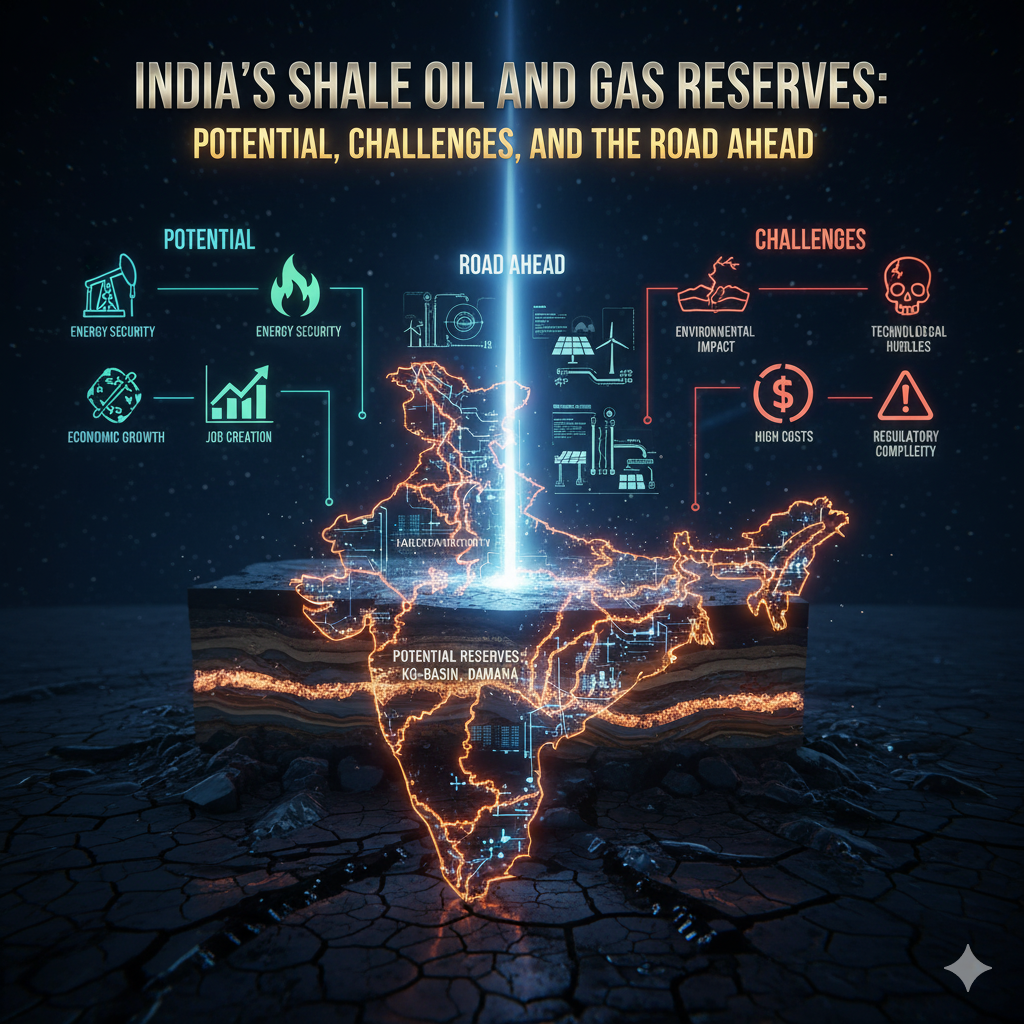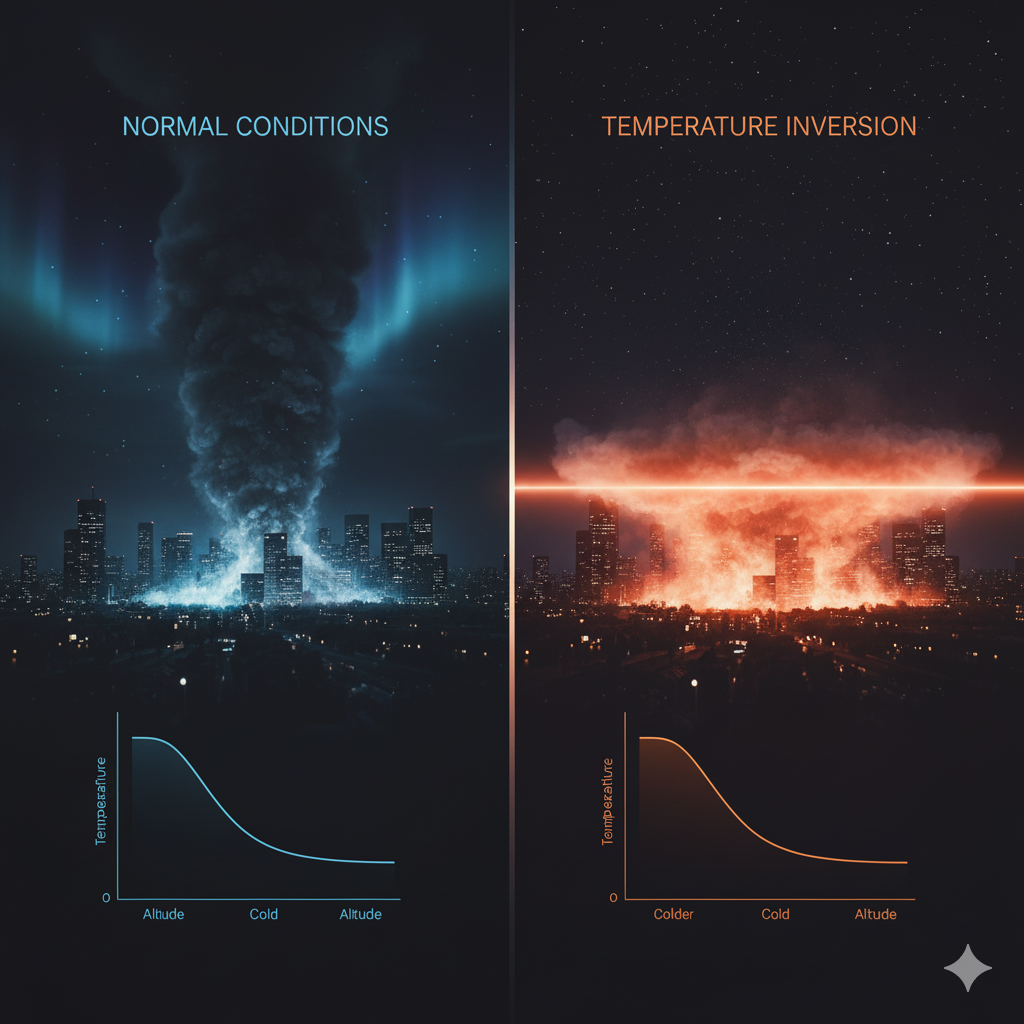Lakes are crucial geographical features, influencing climate, biodiversity, livelihoods, and regional development. This article presents a list of 50 major lakes worldwide, detailing their location, significance, uses, and unique characteristics to enhance understanding from an educational perspective.
1–10: Lakes of North America
- Lake Superior – USA/Canada
Largest freshwater lake by surface area.
Uses: Navigation, fishing, tourism. - Lake Michigan – USA
Only one of the Great Lakes entirely in the U.S.
Uses: Shipping, freshwater supply, recreation. - Lake Huron – USA/Canada
Second-largest of the Great Lakes.
Uses: Tourism, water transport. - Lake Erie – USA/Canada
Shallowest Great Lake, supports rich fisheries.
Uses: Commercial fishing, agriculture. - Lake Ontario – USA/Canada
Outlet to the Atlantic via the Saint Lawrence River.
Uses: Hydropower, shipping. - Great Salt Lake – USA (Utah)
Largest saltwater lake in the Western Hemisphere.
Uses: Mineral extraction, bird sanctuary. - Lake Tahoe – USA (California/Nevada)
One of the clearest lakes in the world.
Uses: Recreation, tourism. - Crater Lake – USA (Oregon)
Deepest lake in the U.S., formed in a volcanic caldera.
Uses: National park, ecological research. - Lake Winnipeg – Canada
Important for commercial fishing.
Uses: Fisheries, hydroelectricity. - Great Bear Lake – Canada
Largest lake entirely within Canada.
Uses: Indigenous livelihood, cold water research.
11–20: South American Lakes
- Lake Titicaca – Peru/Bolivia
Highest navigable lake in the world.
Uses: Cultural heritage, tourism. - Lake Maracaibo – Venezuela
Technically a bay but commonly called a lake.
Uses: Oil production, fishing. - Lake Poopó – Bolivia
Saltwater lake prone to evaporation.
Uses: Limited due to climate vulnerability. - Laguna Colorada – Bolivia
Reddish lake due to algae and minerals.
Uses: Flamingo habitat, tourism. - Lake Argentino – Argentina
Fed by glaciers, popular for ice trekking.
Uses: Tourism, hydroelectric potential. - Lake Buenos Aires/General Carrera – Argentina/Chile
Glacial origin, turquoise color.
Uses: Adventure tourism, fishing. - Lake Viedma – Argentina
Receives meltwater from Viedma Glacier.
Uses: Eco-tourism. - Lake Llanquihue – Chile
Scenic lake surrounded by volcanoes.
Uses: Tourism, aquaculture. - Lake Coipasa – Bolivia
Salt flat with a shallow lake.
Uses: Salt extraction. - Lake Parón – Peru
High-altitude lake in Cordillera Blanca.
Uses: Reservoir, trekking destination.
21–30: African Lakes
- Lake Victoria – Uganda/Kenya/Tanzania
Africa’s largest lake by area.
Uses: Fishing, transport, irrigation. - Lake Tanganyika – Tanzania/DRC/Zambia/Burundi
Second deepest lake in the world.
Uses: Fisheries, biodiversity hotspot. - Lake Malawi (Nyasa) – Malawi/Mozambique/Tanzania
Third-largest African lake.
Uses: Freshwater supply, endemic fish species. - Lake Turkana – Kenya
World’s largest desert lake.
Uses: Archaeological significance, fishing. - Lake Chad – Chad/Niger/Nigeria/Cameroon
Shrinking rapidly due to climate change.
Uses: Agriculture, livelihood source. - Lake Albert – Uganda/DRC
Part of the Nile river system.
Uses: Oil exploration, fishing. - Lake Edward – Uganda/DRC
Small but biodiverse lake.
Uses: Fisheries, eco-tourism. - Lake Kivu – Rwanda/DRC
Gas-rich lake prone to limnic eruptions.
Uses: Methane extraction, power generation. - Lake Kariba – Zambia/Zimbabwe
World’s largest man-made lake by volume.
Uses: Hydropower, fisheries. - Lake Mweru – Zambia/DRC
Important freshwater body for local fisheries.
Uses: Subsistence fishing.
31–40: Asian Lakes
- Caspian Sea – Kazakhstan/Russia/Iran/Turkmenistan/Azerbaijan
World’s largest inland body of water.
Uses: Oil, caviar, trade. - Aral Sea – Kazakhstan/Uzbekistan
Dried due to irrigation diversion.
Uses: Once a fishery hub; now an ecological warning. - Lake Baikal – Russia
Deepest and oldest freshwater lake.
Uses: Biodiversity, scientific research. - Issyk-Kul – Kyrgyzstan
Salty lake never freezes despite elevation.
Uses: Tourism, health resorts. - Lake Balkhash – Kazakhstan
Half saline, half fresh water.
Uses: Mining, industry, water supply. - Wular Lake – India (Jammu & Kashmir)
One of the largest freshwater lakes in Asia.
Uses: Flood control, fishing. - Chilika Lake – India (Odisha)
Asia’s largest brackish water lagoon.
Uses: Bird sanctuary, fishing. - Dal Lake – India (Jammu & Kashmir)
Scenic lake with floating gardens.
Uses: Tourism, agriculture. - Lake Toba – Indonesia
Volcanic lake with an island in the center.
Uses: Geothermal research, tourism. - Tonlé Sap – Cambodia
Seasonally expanding freshwater lake.
Uses: Fisheries, agriculture.
41–50: European and Oceanian Lakes
- Lake Geneva – Switzerland/France
Alpine lake with clean waters.
Uses: Hydropower, navigation, recreation. - Lake Ladoga – Russia
Largest lake in Europe.
Uses: Drinking water, navigation. - Lake Onega – Russia
Rich in islands and historical monuments.
Uses: Fishing, shipping. - Lake Como – Italy
Famous for its scenic beauty.
Uses: Tourism, film location. - Lake Balaton – Hungary
Largest lake in Central Europe.
Uses: Water sports, vacationing. - Loch Ness – Scotland (UK)
Known for the mythical Loch Ness Monster.
Uses: Tourism, folklore. - Lake Bled – Slovenia
Picturesque lake with a central island.
Uses: Tourism, weddings. - Lake Taupō – New Zealand
Largest lake in New Zealand, volcanic origin.
Uses: Fishing, hydropower, adventure sports. - Lake Eyre (Kati Thanda) – Australia
Largest salt lake in Australia, mostly dry.
Uses: Bird breeding during floods. - Blue Lake – New Zealand
Clearest natural freshwater in the world.
Uses: Environmental research.
Conclusion
Lakes are far more than water bodies; they represent a nexus of natural processes, cultural values, and economic activity. From the icy depths of Baikal to the seasonal floods of Tonlé Sap, each lake reflects its region’s ecological and cultural narrative. Understanding these lakes enhances our grasp of global geography and environmental stewardship.




